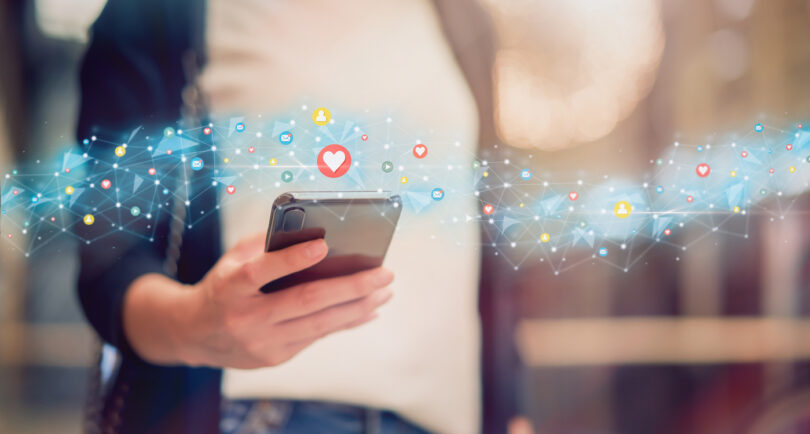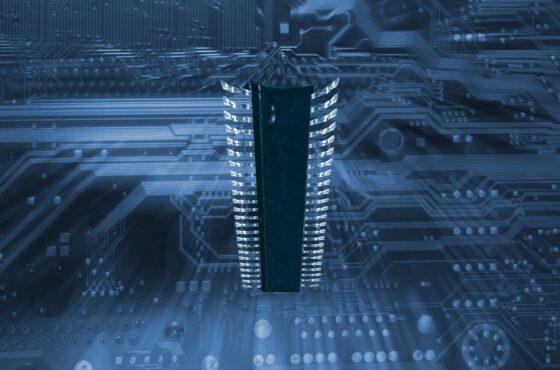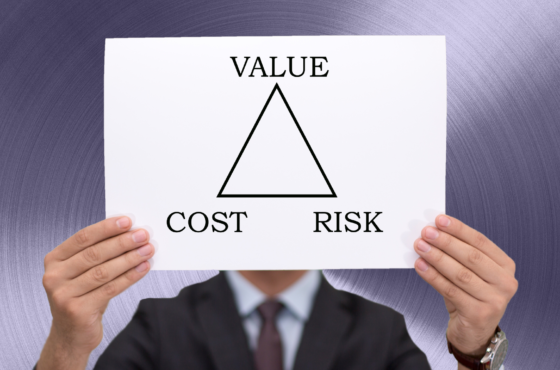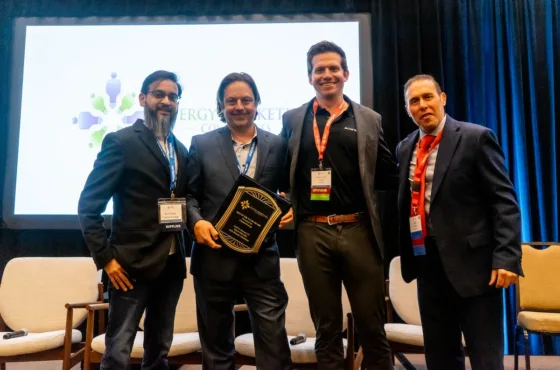Prevent the Loss of 41% of Your Customers
People want and expect a personalized brand experience, so much so that they may leave your utility if they don’t get it. An Accenture study showed that 41% of consumers switched companies over a lack of trust and poor personalization, costing businesses $756 billion.
Personalization refers to offering services and sending messages or content that match the recipient’s unique needs and interests. The opposite of mass marketing.
One of the best ways to personalize your communications is to practice segmentation. Break your audience into different groups based on demographics, behaviors and known interests and build communication plans for each.
Not only will segmentation give customers what they are looking for, but it will also help you meet your engagement and marketing goals.
Evaluation from Questline shows that segmented email newsletters for energy utility customers, when compared to those that were unsegmented, drew a:
- 22% higher open rate
- 44% higher click-through rate
A study by MailChimp, looking at a wider range of industries, found similar results. On average, segmented campaigns result in:
- 23% higher open rates
- 49% higher click through rates
Where Energy Marketers Can Segment Customer Communications
There are endless opportunities to personalize and segment customer communications. But here are a few specific ways your energy business can get started:
Electric Vehicle Adoption – Motivations and barriers for EV adoption are widespread. Some people make the switch because they care about the environment, others because they are impressed by new technologies. On the other hand, some people are wary of EVs because they tend to be technology cautious while others aren’t able or willing to make the financial investment.
Understanding these different groups and building communications that speak directly to their interests and apprehensions will help you foster more engagement and ultimately more program participation. Survey customers to see where they stand and respond with appropriate communications.
Welcome Message – Not every customer needs the same information when they sign up with your energy provider. Homeowners need different resources than businesses and renters need different information than homeowners. Sending blanket communications could cause an influx of customer questions or frustration from those who can’t easily find the information most relevant to them.
Building different onboarding experiences for homeowners, renters and business customers can go a long way in fostering customer engagement. Welcome emails are opened at an 83% higher rate than other emails; they are your best tool for setting service expectations and answering common questions.
Paperless Billing – Research shows there are common reasons why some customers are slow to make the switch to e-Bills. A general promotional email for e-Bill signup won’t convince them to act. You’ll need to speak to their specific apprehensions.
Break your content apart to speak to older and younger generations differently, calling out the benefits that they would care about most. For example, convenience and being green are great motivators for Millennials while security and reliability are generally more important to Baby Boomers.
Business Communications – The energy concerns for a school are very different than a hospital or factory. When sharing resources, make sure your key accounts receive only what is relevant to their needs. Break apart eNewsletters and promotions by business type or size to better deliver useful content.
Get Moving with Segmentation
Not only does segmentation help you please and retain customers, but it will also increase your email open and engagement rates. A true win-win.
Today’s energy consumers expect and want digital communications that meet their unique needs. Don’t disappoint them and risk the loss of 41% of customers.
—
Bethany Farchione is Marketing Director at Questline, a content marketing agency that provides solutions to energy marketers who want to build long-term relationships with their customers, increase program participation, drive customer engagement and grow customer satisfaction.




